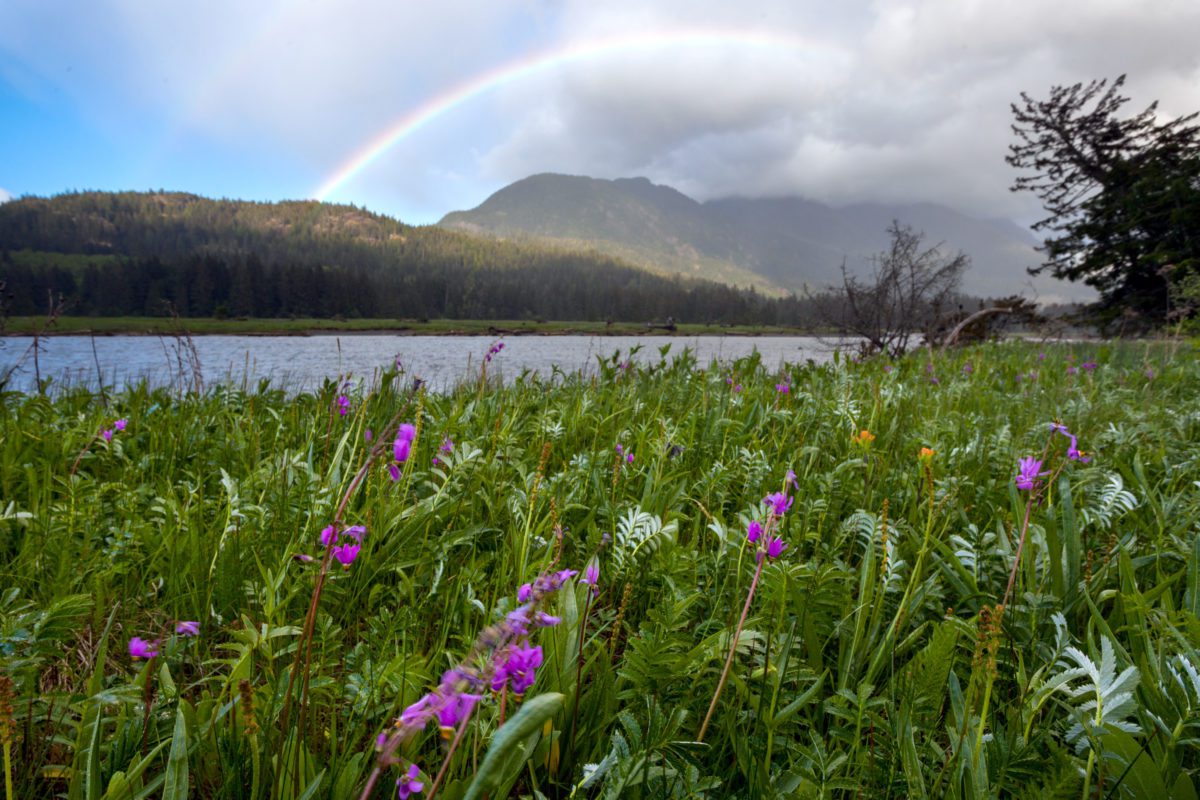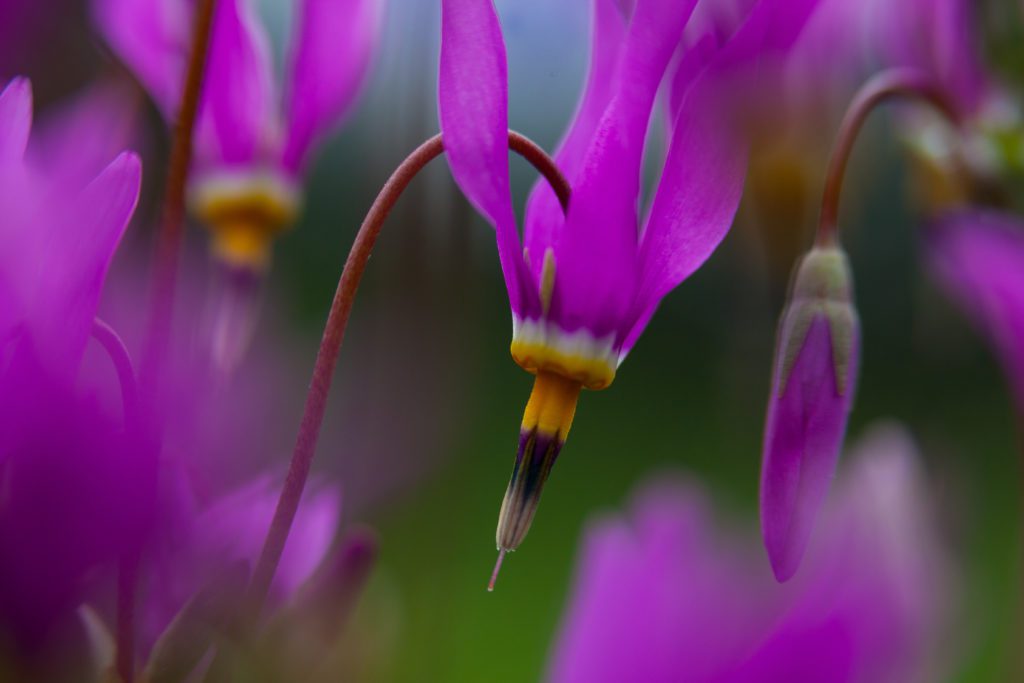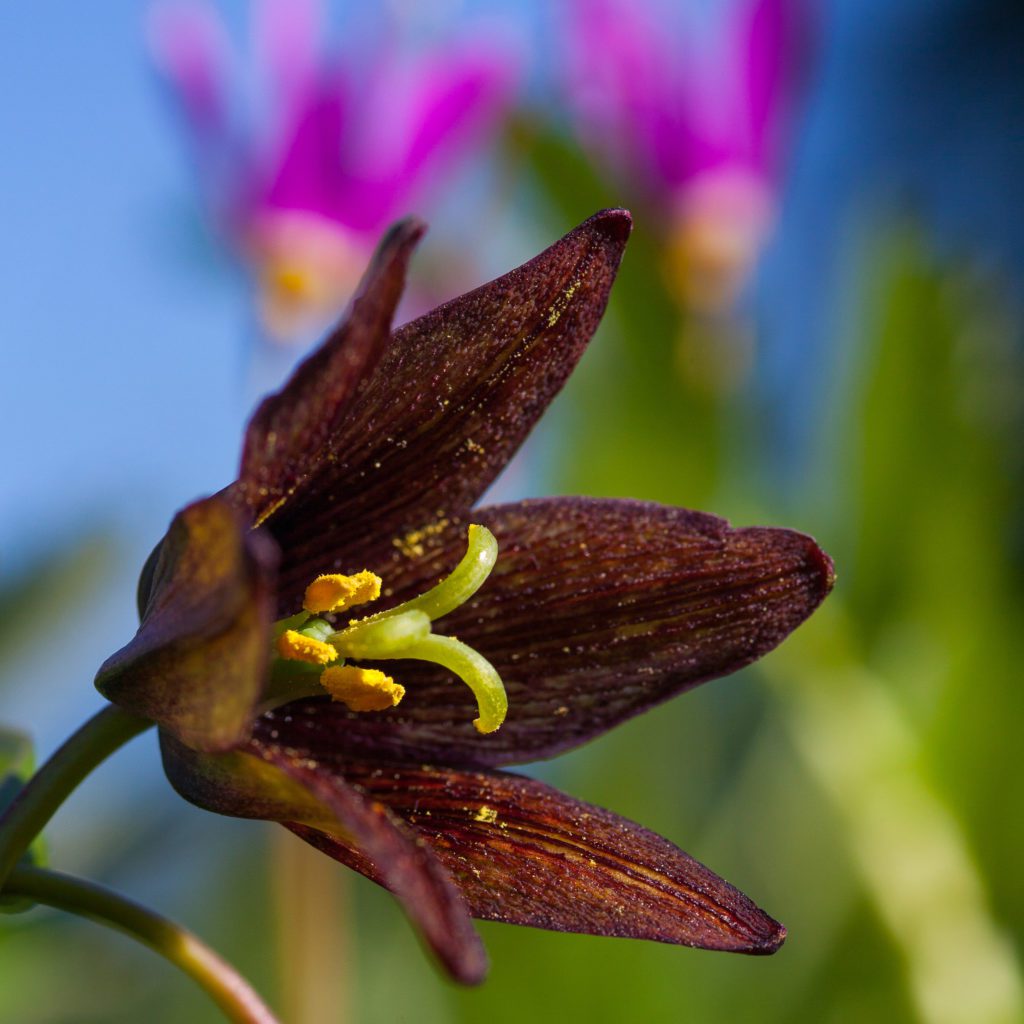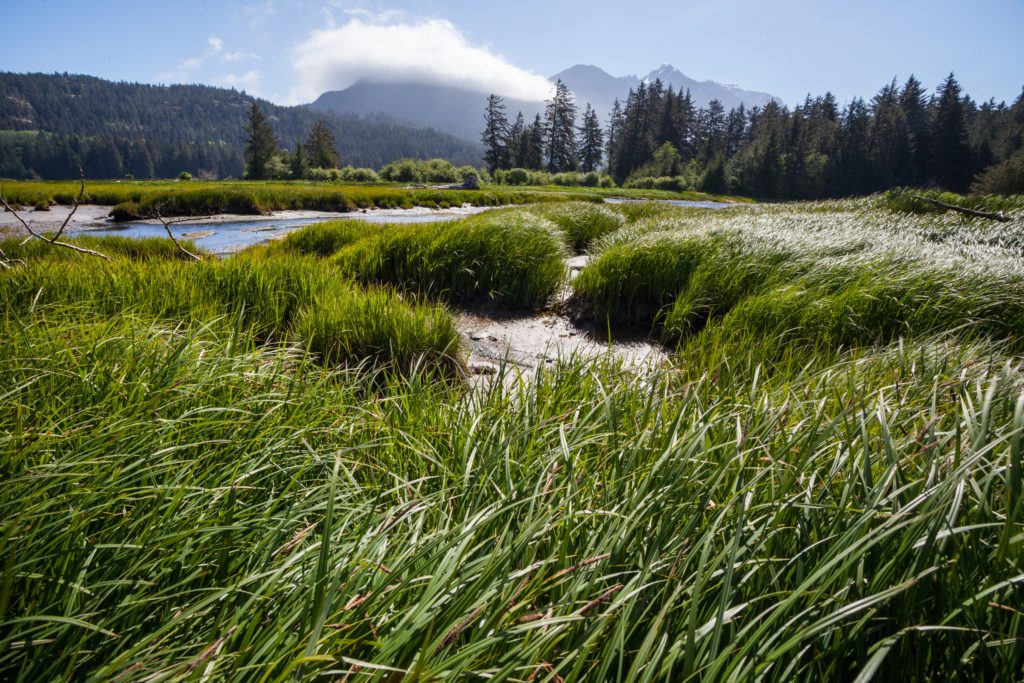
By Graham Osborne
The weather is one of the most temperamental elements in what I do. It can be your arch nemesis or the silver lining, but it is always unpredictable. When preparing for an assignment, particularly with the Nature Trust of British Columbia, weather is often my greatest concern.
Timing a flower bloom wave or fall colours against clear skies, heavy overcast or leaf-stripping winds can be tough. Spring and fall weather can be particularly volatile, often making it tough to time trips and logistics.
But one thing is certain. Poor weather can literally ruin a photo shoot. And often, the uncertainty is so high that it can make it almost impossible to know for sure whether to risk a shoot or not. It can be downright nerve wracking, and perhaps my least favourite part of my work. Not that I don’t love dramatic weather. I do. But when a client trusts and depends on you to deliver good images, and you want to do a good job for them, it adds an element of pressure that most nature photographers, by nature, really don’t like!
On a recent assignment to the Salmon River on Vancouver Island, things were lining up well. The meadow wildflowers were peaking, the estuary grasses were greening nicely, there was still snow on the peaks, and the weather looked absolutely bomb proof – and that according to four different weather services. So I booked accommodations, ferries and ground support, and packed my gear for the 14 hour run to the Salmon River.
But an unpredicted marine layer formed on my first morning of photography – a visually featureless, grey blanket of fog and cloud that can often form unannounced along coastal areas – and my first morning of shooting was a write off. But then the real trouble began.
Out of nowhere, howling winds developed and roared down the valley, making flower landscape photography impossible. And as the winds intensified, a severe weather front pounded the coast, uprooting massive trees and bringing heavy cloud cover, thunder and lightning, cold rains and power outages. Things couldn’t have been much worse.
But there are two things you learn quickly in nature photography: you always need a contingency plan, and you have to be able to adapt. So I headed for the one place that actually looks good in heavy overcast: the rainforest. There was a majestic stand of old growth Sitka Spruce on the property and I began to work on that. Macrophotography was an option too, and between those two back up plans, I started gathering some decent images.
But while storms can be problematic, après-storm breaking weather can sometimes be breathtaking. So gearing up for cold, wet, windy weather, I headed into the estuary to scout for future locations, but in the hope that something great might present itself – maybe some dramatic light, unique cloud formations – something! And I was not disappointed.
As the clouds broke, shafts of light splashed against the pounding sheets of rain, and without warning, a glorious rainbow had framed the estuary and peaks to the southwest. The Pink Shooting Stars bobbed crazily in the wind, proving frustratingly difficult to freeze with the slower shutter speed I needed to capture the depth of field required to hold both my foreground flowers and distant mountain backdrop in focus. But after sacrificing my raincoat to a makeshift wind break, I managed a few frames where the foreground flowers paused long enough to yield a technically sharp image – and the rainbow helped with the rest.
The next morning found the estuary sedges glistening wet against a backdrop of rising valley mist and freshly snow-dusted peaks. Lovely!
